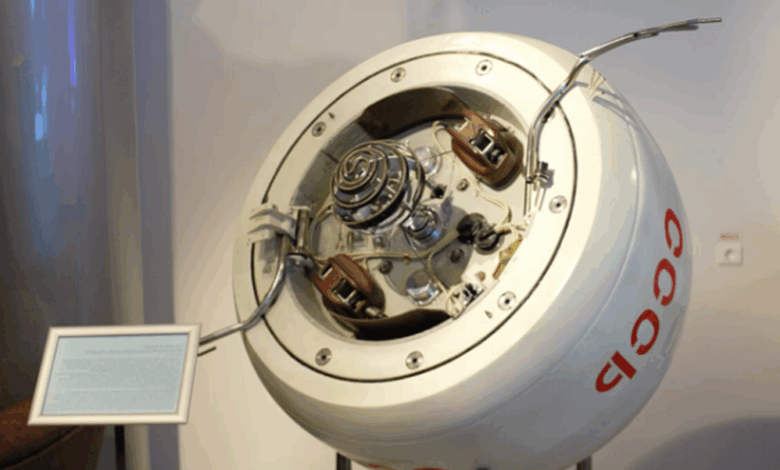Into Earth 53 years after its failed trip to Venus.

A Soviet-era spaceship plunged to Earth on Saturday, more than a half-century after its failed launch to Venus.
Its unplanned approach was confirmed by both the Russian Space Agency and European Union Space Surveillance and Tracking. The Russians suggested it came down over the Indian Ocean, but some experts were not so sure of the exact location. The European Space Agency’s space debris office also tracked the spacecraft’s doom after it failed to show over a German radio point.
It was not immediately known how much, if any, of the half-ton ship escaped the deadly fall from orbit. Experts said ahead of time that some, if not all, of it might come crashing down, given it was built to withstand a landing on Venus, the solar system’s hottest planet.
The chances of anyone getting clobbered by spaceship junk were exceedingly low, scientists said.
Launched in 1972 by the Soviet Union, the spaceship known as Kosmos 482 was part of a run of missions heading for Venus. But this one never made it out of orbit around Earth, trapped there by a rocket failure.
Much of the spaceship came falling back to Earth within a decade of the failed launch. No longer able to fight gravity’s tug as its orbit dwindled, the circular lander — an estimated 3 feet (1 meter) across — was the last part of the spaceship to come down. The lander was covered in titanium, according to experts, and weighed more than 1,000 pounds (495 kilograms).
Any remaining wreckage will belong to Russia under a United Nations pact.
After watching the spacecraft’s downward slide, scientists, military experts, and others could not predict in advance exactly when or where the spacecraft might come down. Solar action added to the mystery as well as the spacecraft’s declining state after so long in space.
After so much expectation, some onlookers were disappointed by the remaining doubt over the exact whereabouts of the spacecraft’s grave.
“If it was over the Indian Ocean, only the whales saw it,” Dutch scientist Marco Langbroek said via X.
As of Saturday afternoon, the U.S. Space Command had yet to confirm the spacecraft’s death as it received and processed data from orbit.
The U.S. Space Command typically watches dozens of reentries each month. It was more likely to survive the return, according to officials.
It was also coming in unchecked, without any action by flight controllers, who usually target the Pacific and other vast stretches of water for old satellites and other space junk.



